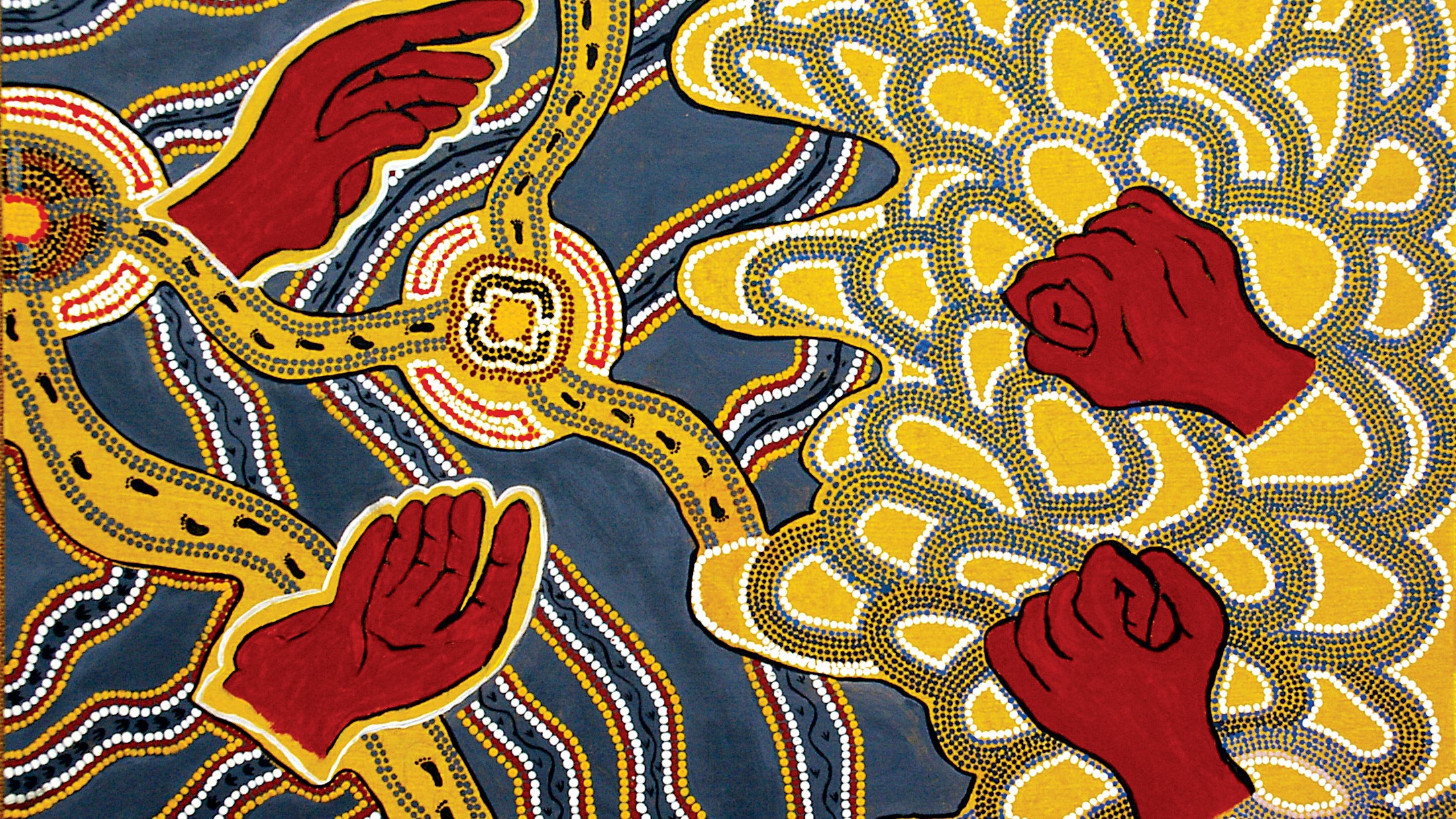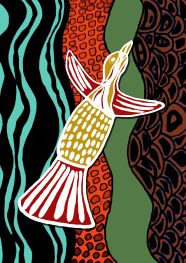
2020 Seminars
Loading...
Presentation Type
Presentation
Location
The University of Notre Dame Australia, Broome Campus
Start Date
28-10-2020 10:00 AM
Description
In the far northeastern corner of the state of Oklahoma lie lands and waterways promised to a diverse set of Tribal Nations forcibly removed to this area throughout the 19th century. Today, these lands are home to both tribal members and non-Indigenous peoples alike, but the landscape and waterways have been irrevocably assaulted and transformed as a result of 20th century lead and zinc mining and the waste left behind (Manders and Aber 2014). Long known with the unfortunate designation of the “worst EPA Superfund Site in the United States” (Meadows 2019), the Tar Creek Superfund area remains to this day an ecosystem that is striving to recover from toxic chat piles, polluted creeks and overmined lands caving in on themselves. Just as important, the community members of the Tar Creek region and surrounding areas—including notably the Quapaw Nation—continue forward in an ongoing journey of healing and recovery from the severe impacts of this pollution on their health, wellbeing, sense of community and futures. At the forefront of efforts to keep the clean-up of the Tar Creek Superfund Site and the support for its communities going is the Local Environmental Action Demanded (LEAD) agency, founded by Rebecca Jim (Cherokee Nation), a long-time educator, counselor and environmental activist in the region. As part of her work in supporting local communities and educating visitors to the area, Rebecca has been leading Tar Creek Toxic Tours that allow participants to witness and experience first-hand the devastating impacts of the mining industry on the land and her people. This presentation highlights these Tar Creek Toxic Tours as a powerful mechanism for educating and advocating on themes of environmental justice, community development, local agency and the sovereignty of Tribal Nations.
Recommended Citation
Bigby, Bobbie Chew, "‘Toxic Tourism on Indigenous Country’" (2020). Talking Heads Seminar Series. 2.
https://researchonline.nd.edu.au/nulungu_talkingheads/2020/schedule/2
‘Toxic Tourism on Indigenous Country’
The University of Notre Dame Australia, Broome Campus
In the far northeastern corner of the state of Oklahoma lie lands and waterways promised to a diverse set of Tribal Nations forcibly removed to this area throughout the 19th century. Today, these lands are home to both tribal members and non-Indigenous peoples alike, but the landscape and waterways have been irrevocably assaulted and transformed as a result of 20th century lead and zinc mining and the waste left behind (Manders and Aber 2014). Long known with the unfortunate designation of the “worst EPA Superfund Site in the United States” (Meadows 2019), the Tar Creek Superfund area remains to this day an ecosystem that is striving to recover from toxic chat piles, polluted creeks and overmined lands caving in on themselves. Just as important, the community members of the Tar Creek region and surrounding areas—including notably the Quapaw Nation—continue forward in an ongoing journey of healing and recovery from the severe impacts of this pollution on their health, wellbeing, sense of community and futures. At the forefront of efforts to keep the clean-up of the Tar Creek Superfund Site and the support for its communities going is the Local Environmental Action Demanded (LEAD) agency, founded by Rebecca Jim (Cherokee Nation), a long-time educator, counselor and environmental activist in the region. As part of her work in supporting local communities and educating visitors to the area, Rebecca has been leading Tar Creek Toxic Tours that allow participants to witness and experience first-hand the devastating impacts of the mining industry on the land and her people. This presentation highlights these Tar Creek Toxic Tours as a powerful mechanism for educating and advocating on themes of environmental justice, community development, local agency and the sovereignty of Tribal Nations.




